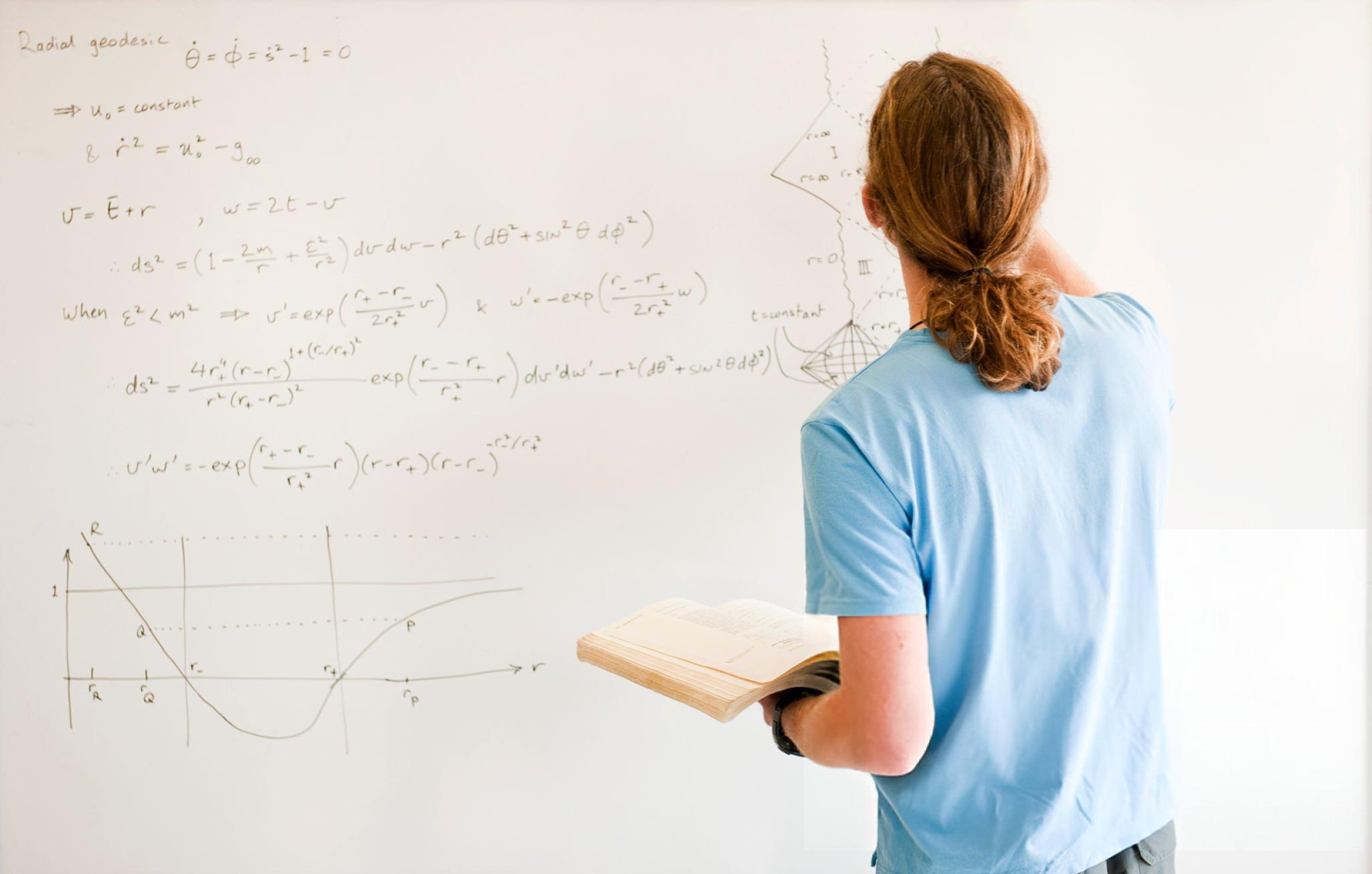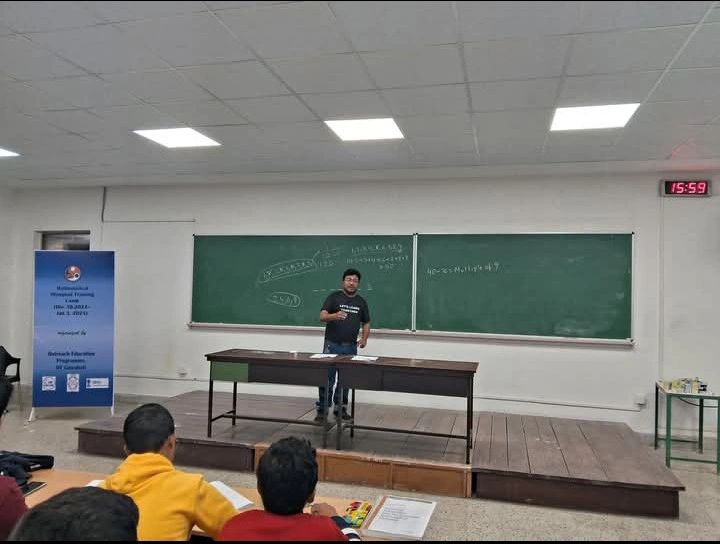Introduction: A New Global Identity for Indian Youth
Whereas the world tends to think of India rising globally in terms of its growing IT sector, of its space missions such as Chandrayaan and Aditya-L1, or its rich startup culture, a subtler and nonetheless transformational process is unfolding, in simply in taking over global science olympiads, and beating the peers in countries with long-established strength in science, China, Russia, the US, or Japan.

Young Indian minds are breaking new international records not only in Physics and Chemistry, but also in Mathematics, Biology and Informatics. These are not mere material gains, but purely intellectual as well in terms of scientific and technological capability of India.
In this article, the author discusses the nature, scope and the impact of this trend and how Indian students have transformed Olympiads into a medium of international scientific supremacy.
1. What Are Science Olympiads and Why Do They Matter?
Science Olympiads are cross-national competitive tests which are held every year to determine the best school students worldwide in different fields, which include:
- IMO International Mathematical Olympiad
- International Physics Olympiad (IPhO)
- International Chemistry Olympiad (IChO)
- International Biology Olympiad ( IBO )
- Olympiad in Informatics (IOI)
- Astronomy, Earth Science, New Junior Science Olympiads and others
The Olympiads are on the one hand the most difficult exams in academia faced by high school students, they are not only an exam of recall or reaction time, they are a test of profound conceptual understanding, independent thought, and logical problem solving in a time pressure scenario. Medal performances in these contests can be perceived as a stepping stone to leading universities and careers in research as well as scientific leadership.
2. India’s Medal Tally: The Rising Curve of Excellence
2023–2025 Highlights:
- IPhO 2025 (Japan): India bagged 5 medals, 3 gold, 2 silver
- IMO 2025 (UK): INDIA got 2 Gold medals, 3 Silver medals & 1 Bronze
- IBO 2025 (Vietnam): All 4 Indians cemented their places in the top 3 with 2 gold & 2 Silver medal
- IOI 2025 (Kazakhstan): India had 1 gold and 3 silvers and was ranked in the Top 5 of the world in this event
- IChO 2025 (Switzerland): India maintains their streak of regular gold and silver After 2025 India continues to tally gold and silver posts with regular streaks.
It is not an isolated superior performance by this star. In the past ten years, India has evolved as a good performer to a top-tier country in all Olympiads.
3. The Structure Behind Success: How India Trains Its Science Olympians
The Indian results in Olympiads are no exception, they are the fruit of a strong, multi-level system consisting of organizations, tutors, and national state policy. The way it works is as follows:

Step 1: National Standard Examinations (NSEs)
- Performed by such institutions as HBCSE (Homi Bhabha Centre for Science Education) or IAPT (Indian Association of Physics Teachers)
- More than 400 thousand students come to these tests on subjects such as Physics, Chemistry, Biology, Astronomy, and Mathematics each year
Step 2: Indian National Olympiad (INO)
- This applies only to the best 1 per cent at the NSE stage
- These tests are held at the national level and are run in a similar form to international Olympiads
Step 3. Orientation Cum Selection Camp (OCSC)
- 2-3 week residential training with domain experts, who have usually been an Olympian or scientist at IITs, IISc, TIFR, HBCSE etc.
- Each international Olympiad is now selected with a final team of 4-6 students
Step 4: Pre-departure training
- Mentorship, problem scenarios and Olympiad simulation
- Contact with the international problem-setters and Olympiad alumni
The Backbone: Organizations such as HBCSE, IISc, IIT Bombay
- These organizations serve as centers of training and even Olympiad level content production
- The faculty engagement brings in school curriculum and international standards
4. Profiles in Excellence: Young Indian Achievers in Olympiads
Ananya Mishra – IPhO 2025 Gold Medalist
Ananya, a Class 12 student from Bhubaneswar, had shocked the world when she had secured one of the highest three marks at IPhO 2025. Her early life started at 13 when she was interested in learning about black holes and electromagnetism. Her future goal is to study physics at either MIT or IISc.
Raghav Prakash IMO 2024 gold Medalist
Raghav also practiced 6 hours a day and he took 2 years to practice, in a small town in Rajasthan. The absence of coaching centers in his locality necessitated him to use online forums and mentoring, through the Art of Problem Solving online community. His victory shows that talent is not localized.
Sneha Kulkarni 2025 IOI Silver Medalist
Sneha, a coder since age 11, represented her country India in IOI 2025, and created an AI-based simulation to predict knowledge of agriculture production as a science project. She has already been granted internships in Google Research.
This is not isolated. The number of rural and semi-urban students joining the Olympiad elite is also increasing each year, and this is breaking the notion that it is only students based in Metros who can get access to world-class science education.
5. Why Indian Students Are Now Dominating
Deep Coaching Ecosystem
Centers such as PACE, FIITJEE, Resonance, Allen and specific Olympiad programs are designing training programs that are above and beyond NCERT curriculum.
EdTech Revolution
Online platforms such as Vedantu, Unacademy, PhysicsWallah, and Olympiad School have levelled the high level coaching and resources to rural students.
Government Support
The Department of Atomic Energy and the National Board for Higher Mathematics (NBHM) give grants, assistance and scholarships to deserving students.
Popular Culture Shift in Institutional Aspiration
STEM competitions are more of a career builder than an additional academic exercise to Indian parents. The fame of Science Olympiad has become such that it is acquired NOW as much as cricket, coding contests, or UPSC success.
6. Beyond Medals: The Long-Term Impact on India’s Scientific Future
The golden harvest of Olympiads is not only the collection of medals but the rearrangement of priorities in the whole nation and the future career. Numerous competitors who won Olympiads have become:
- Be toppers of IIT/IISc and Rhodes Scholars
- Be first-authors on peer-reviewed research at the undergraduate level
- Work in R&D hubs around the world, such as NASA, ISRO, Google DeepMind, CERN
- India science contributions such as Gaganyaan and Quantum India Initiative
Besides, such students become mentors to future generations, and this excellence is sustainable and scalable.
7. What Challenges Still Remain?
Although India has made a recent breakthrough into its Olympiad world, the system is not without its drawbacks:
- Urban Rural divide: Imbalance in accessibility to labs, mentor, training materials is still there
- Gender Gap: male representation is still predominant, but girls are already filling the gap gradually
- Mental Health Strain: Stressful strain can be a factor with excessive demand of expectations, no discontinuity and fear of not performing well can result in a strain on the mind.
- Due to the absence of mainstream recognition: Olympiad wins do not receive media coverage as heavily as sport or other pop culture conquerors.
To become much more than a participant, but a world scientific leader in most disciplines, India must deal with these problems.
8. The Way Forward: Building a Culture of Scientific Curiosity
In order to remain a major force in international science Olympiads, India has to:
- Increase Olympiad programs to Tier-2, Tier-3 towns
- Introduce state-funded coaching scholarship programs and science talent discovery initiatives
- Introduce Olympiad style of thinking in schools (and not rote learning)
- Promote learning by creating science clubs, participation in hackathons, and collaborating in the open challenges
- Increase the involvement of women by mentoring and exposure to accomplished role models
Above all, Indian society is required to begin recognizing scientific talent as the national capital at least to the extent of academic talent.
India’s New Generation of Scientific
This success of India in the international science Olympiads is not just a trophy of a competition, but a signal of new intellectual power. It illustrates what can be achieved when exceptional talent meets opportunity, mentorship meets digital connectivity and a country invests in the next generation with a long view.
Given the right care today, these Olympiad medal winners will be the Nobel prize winners, ISRO mission control leaders, artificial intelligence ethicists and greener technology developers of tomorrow. They symbolize the future of India and why not by excellence, integrity, and curiosity as well besides ambition.
Stay connected with The Vue Times for more in-depth coverage on Science and Technology, General Awareness, and youth innovation stories that matter.










